Amazon Arbitrage in 2025: Earn Money by Reselling Items on Sale

This article contains affiliate links that will allow us to earn commissions without any extra cost to you. Read our full disclosure here.
Arbitrage.
It’s one of those fancy-sounding words that seem like a difficult concept to grasp but is actually really simple.
It’s basically a buy-and-sell operation where the seller takes advantage of the difference in prices of a certain product when sold at different locations.
If a pencil costs $1 in town A and $5 in town B, you can buy a bunch of pencils from town A and sell them in town B and profit from the difference.
This simple concept has made thousands of people a viable online business, and I’m here to show you how you can do the same thing.
What Is Amazon Arbitrage?
Amazon arbitrage is the process of buying products and reselling them on Amazon for a profit. It’s just like any other kind of arbitrage, only that the reselling platform is Amazon.
For example, I go to a Walmart clearance sale and find a $3 Olaf stuffed toy that sells for $60 dollars on Amazon. I could buy 10 of those toys and resell them for $55.

The source of the products may vary, from actual brick-and-mortar stores to other ecommerce platforms.
If you want to be really technical, we use the term retail arbitrage to mean buying products from physical retail stores while the term online arbitrage means buying them from an online store. Either way, if the products are resold on Amazon, it’s called Amazon arbitrage.
Amazon allows both retail and online arbitrage. Amazon’s policy does not expressly prohibit arbitrage as long as you’re selling a product that can be legally resold and if they’re in the proper condition. Take note, however, that there are certain brands that don’t allow others to resell their products on Amazon without permission.
Arbitrage vs. Other Business Models
There are many ways of earning money by selling online. Some of the most common are private labeling, dropshipping, and wholesaling.
Let’s compare each of these with Amazon arbitrage.
Dropshipping vs. Amazon Arbitrage
Dropshipping is an online retail method where the seller doesn’t keep any inventory. Instead, he acts like a middle man. The customer orders from the seller who in turn forwards the order details to a supplier. The supplier is then responsible for fulfilling the order.
With Amazon arbitrage, the seller at some point owns the inventory. He actually pays for it so if it doesn’t sell, the burden and loss falls on him.
Private Labeling vs. Amazon Arbitrage
Private labeling has made many people 7-figure brand owners. In this business system, the products are made by third-party manufacturers and are sold under the seller’s brand. The brand owner controls how the product should be designed, manufactured, and packaged.

On the other hand, sellers who go into arbitrage don’t have this control. The products they deal with are already ready for reselling. They have no control over the specifications nor can they sell it under their own brand name.

OR 10% OFF Every Month When You Use Code: ECOMCREW10
Wholesaling vs. Amazon Arbitrage
The biggest difference between the two is the product source. Wholesalers deal directly with suppliers so they can buy in bulk. Arbitrage resellers, on the other hand, source their products from retailers and generally buy less compared to wholesalers.
Arbitrage resellers thrive on discounts from clearance sales, and wholesalers rely on discounts because of the number of products they buy and their negotiating skills.
The Advantages of Amazon Arbitrage
Consumers are willing to pay for convenience. It’s much easier for them to click “Add to Cart” than to run to the local Walmart, trying to find what they’re looking for (which may or may not be there) and standing in line. And because COVID made social distancing necessary, Amazon arbitrage resellers can take advantage of this.
Here are other reasons why Amazon arbitrage works.
First, there’s the relative ease of doing it. There’s no need to find a supplier or think of new product ideas or specifications that make a product sell. You already have that in place, and there are literally millions of products to choose from.
Second, you can start with a smaller capital compared to private labeling and wholesaling. Some sellers test the waters first by purchasing $100 worth of products to see if the system works.
Third, you don’t have to put in much marketing effort because the brands are doing it themselves. When you’re able to sell a well-known brand, for example, then they already did the advertising for you. Amazon also helps by providing you with marketing options such as pay-per-click (PPC) ads.
How to Get Started with Amazon Arbitrage
Running a buy-and-sell business using Amazon is a pretty simple process. It basically makes your usual trips to your favorite retails stores a profitable business venture.
Set up an account. The first thing you need to do is create an Amazon Seller account. This is pretty obvious since you can’t go into Amazon arbitrage without signing up for an account in the platform.
You have two plan options here: Individual and Professional. You don’t need to pay for any monthly fees for the former, but Amazon does charge you for every item you sell. The Professional plan will cost you $39.99 a month but will not charge on a per-item basis.
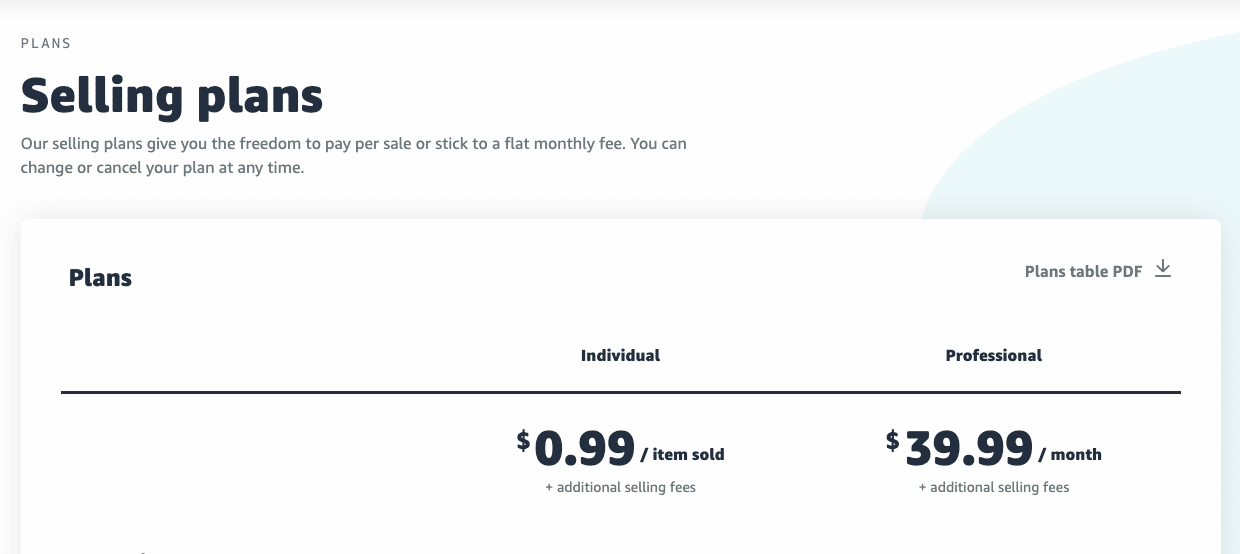
So which one is right for you? Simple math will tell us that if you’re selling more than 40 units a month, then you might as well go for the Professional plan.
You can also opt to sign up for their FBA program if you don’t want to deal with fulfilling orders yourself. In this way, all you have to do is shop for discounted products, list them on the site, and send them to Amazon’s warehouse.
Find the right products. Luckily, there’s not much guesswork needed here. There are apps that help you determine which products are selling and whether it’s wise to do so. I discuss this in detail in the next section.
List your products on Amazon. Now that you’ve found something to sell, the next step to Amazon arbitrage is to tell people you’re selling. As you do so, make sure to optimize your listing to gain an advantage over your competitors.
Monitor your sales and listing. You can just as easily stop with the previous step and wait for the money to roll in. But if you’re a serious seller, you will have to monitor your sales and listing to make sure that everything is still running smoothly. Amazon sellers who don’t monitor their listings regularly often become victims of stranded inventory.
How to Choose the Right Products
This is perhaps the most crucial part of the process. When you are selling through Amazon arbitrage, there are a couple of factors to consider and some apps that will help you make the right decision.
Use a seller app. Unless you want to buy a cartload of things you cannot sell or at least not for a profit, you need to use seller apps to check if it’s wise to invest on a certain product.
The most popular tool for doing product research is Jungle Scout (we're a Jungle Scout affiliate but bias aside, it's still the most popular product research app by far). Jungle Scout will show you how much of any product on Amazon is selling per day. So for example, this Scan Disk Memory Card being sold on Amazon is selling approximately $53,050 worth of product a month.
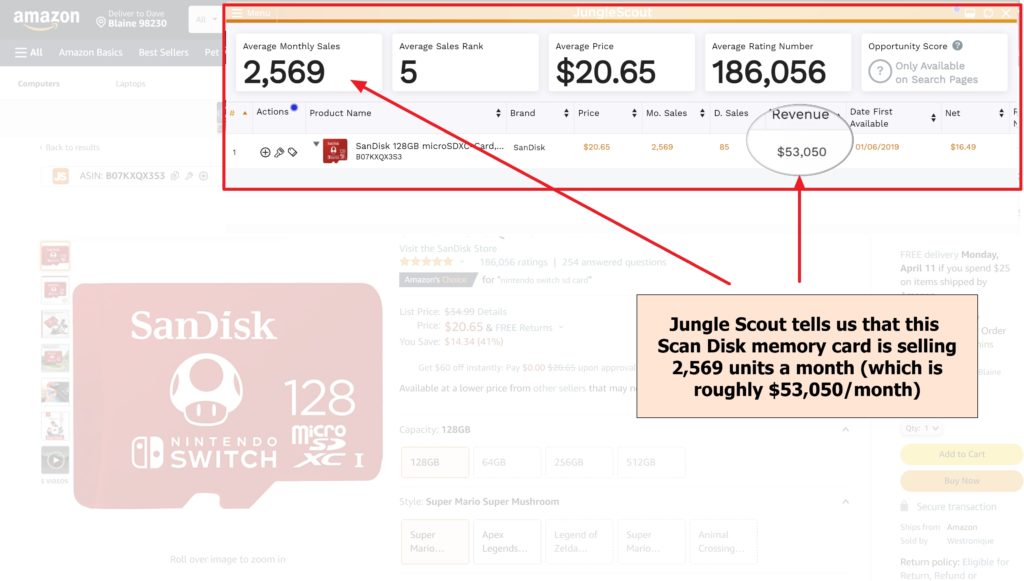
The Amazon Seller App (available for both iOS and Android) also allows you to scan a product’s barcode to quickly find the sales rank (not the actual number of units being sold) and also how much it's being sold for, which is very useful when you're out doing retail arbitrage hunts at a local retailer.
When you're looking for products, make sure the product is not restricted. Here’s something you need to understand before going into Amazon arbitrage: Not all products are eligible for resale.

Some brands don’t allow specific products to be resold. Amazon also has a list of restricted products you can’t sell . You can easily check this in the Amazon Seller app and other similar apps. So it doesn’t matter if you can earn $60 a pop for that item. If you can’t resell it, it’s not gonna be worth anything for you.
Pick products from the proper category. There’s no need to tell you not to pick products that have a short shelf life. If you’re not sure how fast your products will move from the warehouse to your buyer’s doorstep, it’s best to stick to the ones that last long. The most popular categories include toys, video games, and books.
You can play around with products that have an expiration date, but do that at your own risk.
Consider your profit margin. Amazon arbitrage can become your main source of income if you want to. Being a business, the sky’s the limit when it comes to earning from it. However, being a business also means it can incur more losses than profit.
The rule of thumb is to invest in products that have at least 50% ROI. This is of course after deducting all the shipping costs and other Amazon fees.
Consider the product’s size. The dream is to buy the products and resell them immediately so you wouldn’t have to pay storage fees. However, unless you have the power of J. K. Rowling during a new Harry Potter release, you will have to cough up some bucks for storing your inventory, whether it be in one of Amazon’s warehouses or a third-party logistics company.
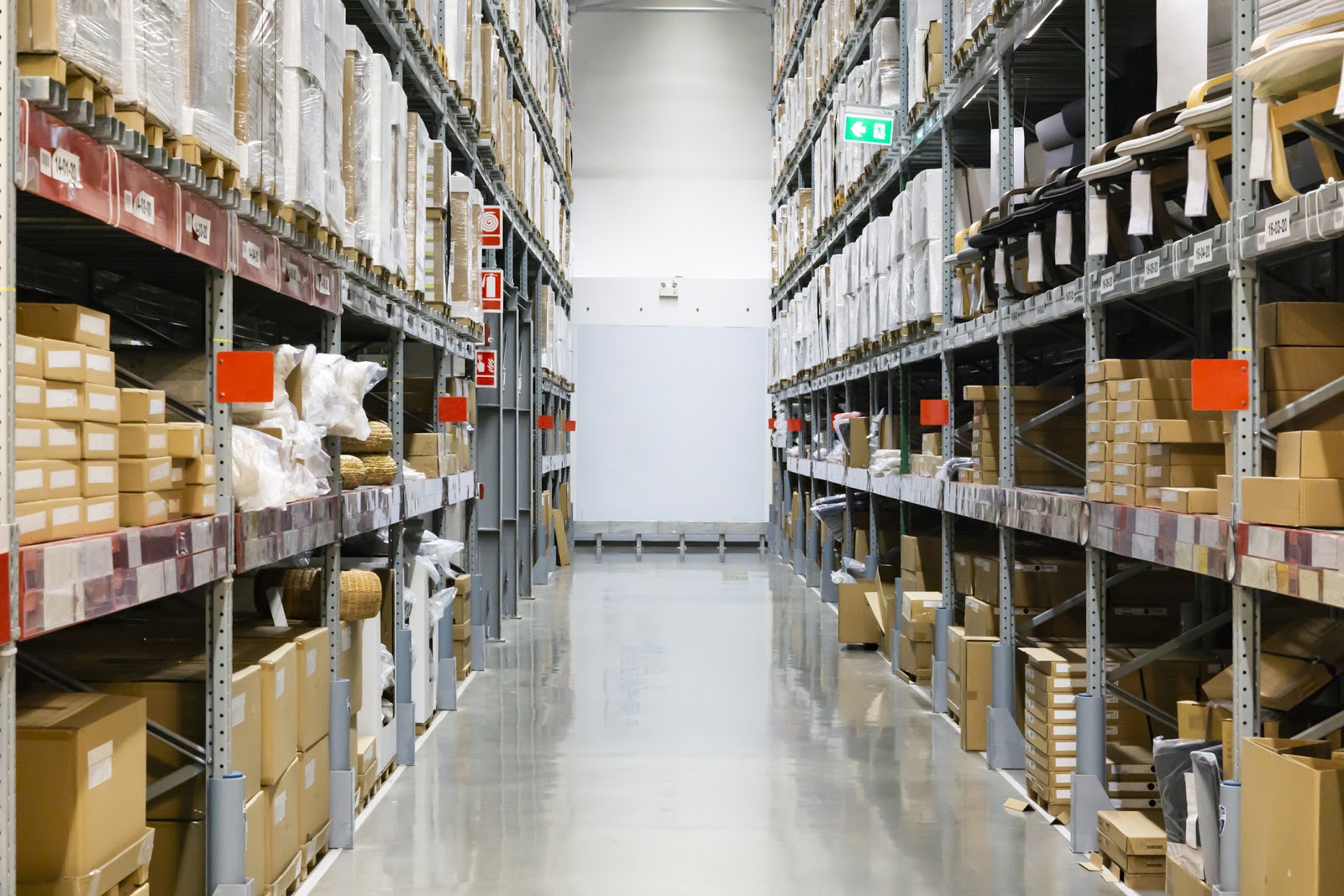
Expenses to Take Into Account
It’s not uncommon for Amazon arbitrage resellers to make more than 100% in terms of profit, making it easier to match competitors’ prices. But there are other fees you should be aware of.
FBA or shipping fees. Whether you take advantage of Amazon FBA or not, you will still have to deal with shipping costs as well as storage fees if you’re fulfilling the orders on your own.
Amazon fees. Amazon makes money off third-party sellers through various fees. It doesn’t matter which of the two available plans you choose. You will still have to deal with Amazon fees, and you should consider them when naming your price.
Seller apps. The Amazon Seller App is free, but if you want a paid app like Scoutify, you can choose that too.
Where to Shop for Products
Pro Tip: Go to multiple branches when there are major sales. You might find more sellable products from a Target that’s a little farther away.
Now that you know what kind of products to look for, where do you find them?
The simple answer is anywhere that sells it for a discounted price. This can be retail stores such as Home Depot, Target, and Walmart or dollar and thrift stores. When you want to go for online arbitrage, on the other hand, you can visit the official websites of the abovementioned stores and look for discounted items there.
Subscribe to their newsletters so you can be updated when there are upcoming sales.
Thrift stores are great for finding secondhand items to resell. However, make sure that they are under a category that Amazon allows to be resold secondhand. If you can see an option to sell it used, then you’re good to go.
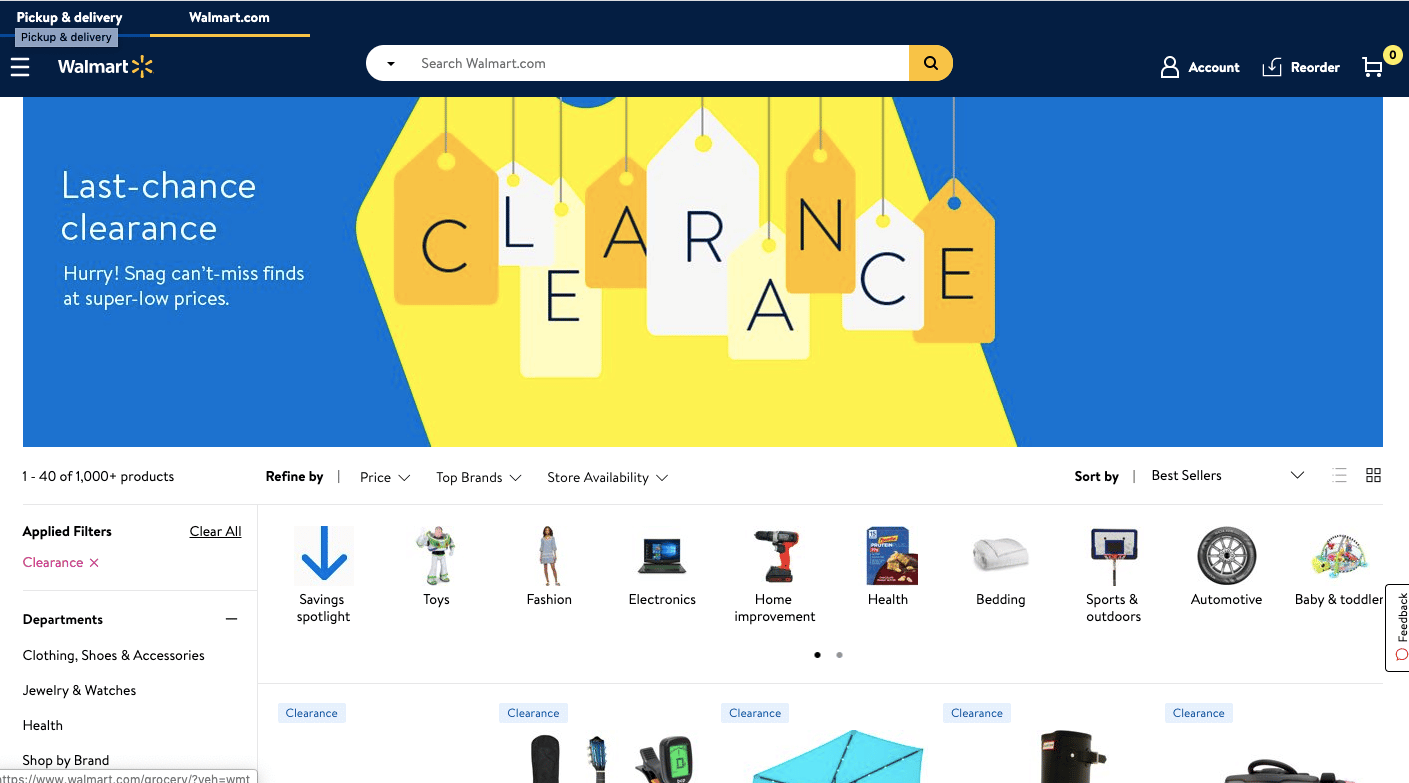
Conclusion
Amazon arbitrage is one of the easiest and cheapest business models you can implement, especially if you’re just starting out with ecommerce. However, it’s important to remember that simple as it may be, it’s still a business endeavor and requires work and planning on the part of the seller.
It’s easy to go to Home Depot and list discounted products on Amazon, but it takes smarts and effort to grow the business to something that can provide a steady stream of income, enough for you to quit your day job.
Many people have jumped into the Amazon arbitrage wagon because it works. If you tried this business model before, share your experience in the comments section.
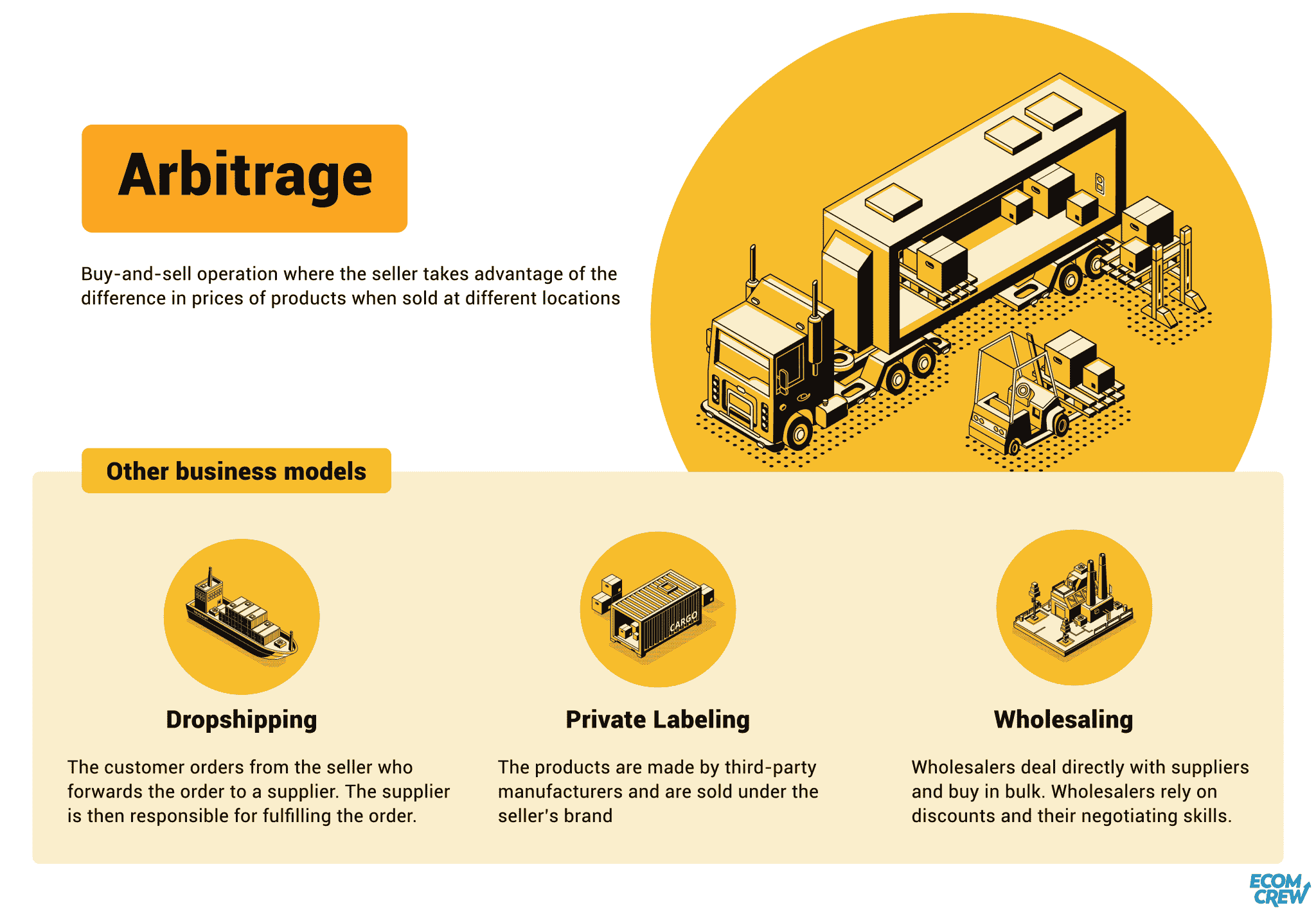
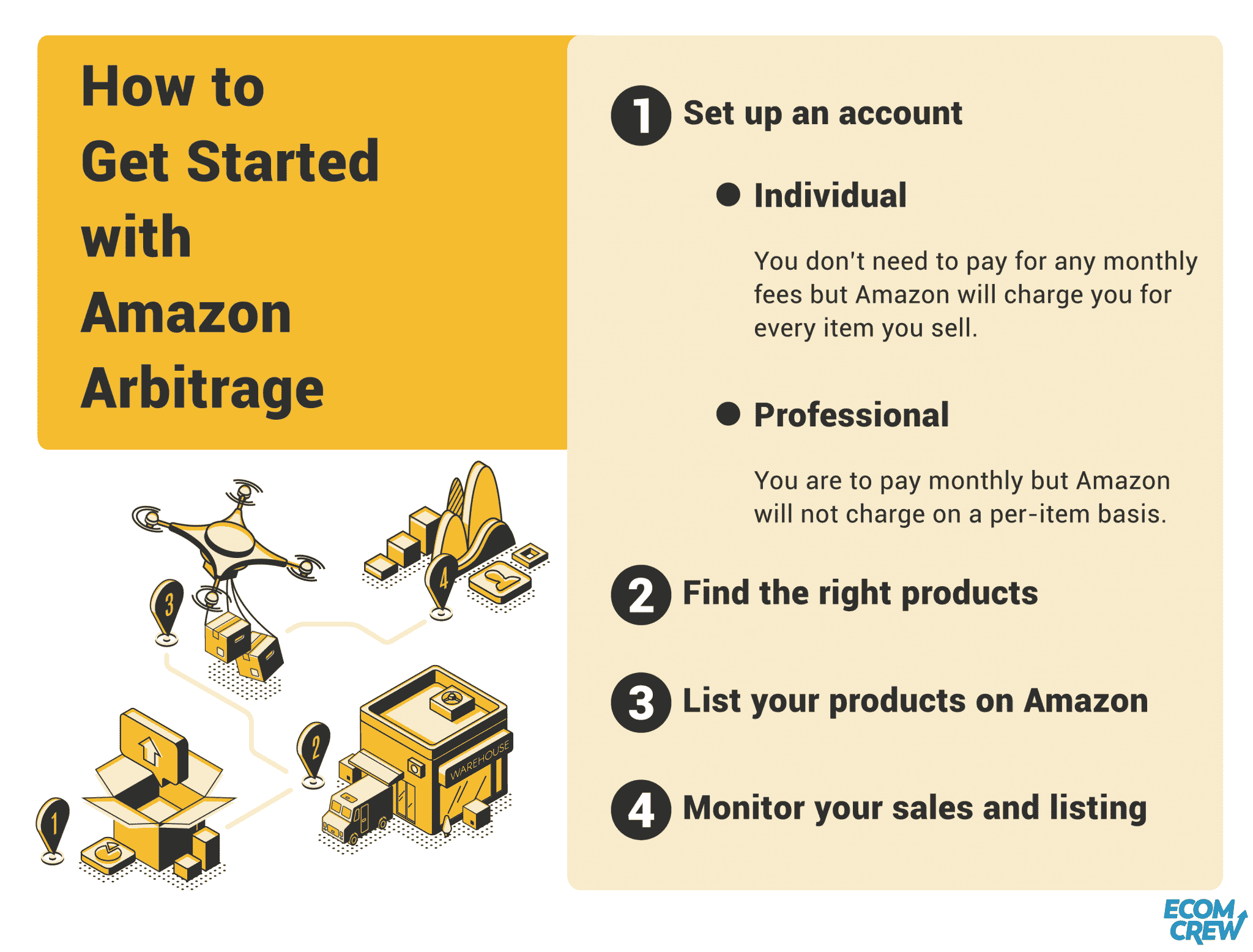




Nice
Do you recommend a Retail Arb training program?